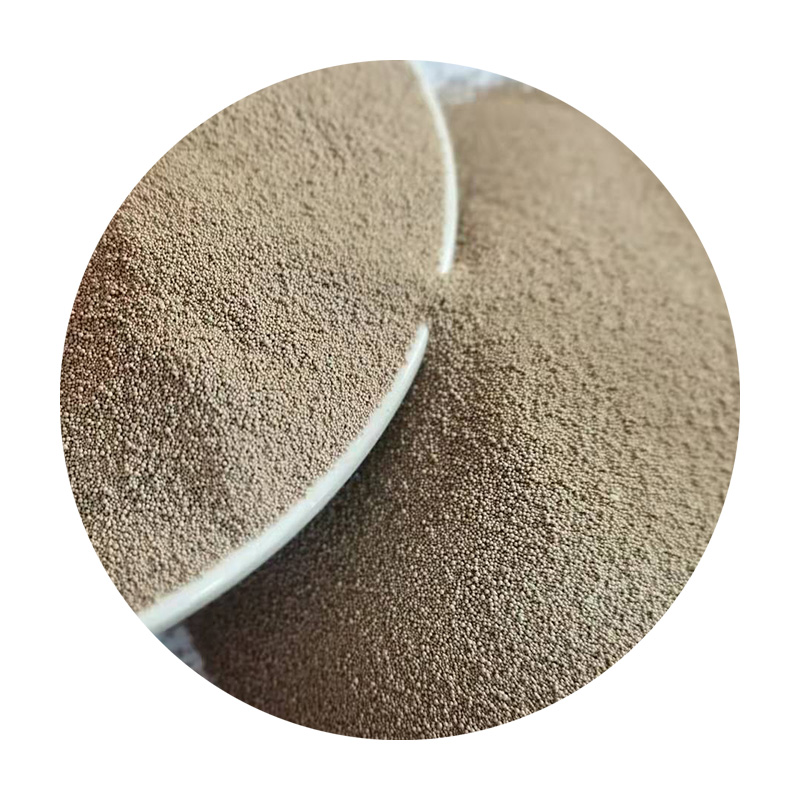How to Sand Small 3D Prints A Step-by-Step Guide
3D printing opens up a world of creativity and innovation, allowing makers to bring their ideas to life. However, one common challenge that many enthusiasts face is achieving a smooth finish on their prints. Sanding is a crucial step in post-processing that can enhance the appearance and feel of your small 3D prints. Here’s a comprehensive guide on how to sand your 3D prints effectively.
1. Gather Your Materials
Before you start sanding, it’s essential to gather the right tools. For small 3D prints, you will need various grits of sandpaper, typically ranging from 80 to 400 grit. It’s also helpful to have a sanding block or finger sander for larger surfaces and a finer sanding sponge for intricate details. Additionally, you may want to have a spray bottle with water for wet sanding, a dust mask, and safety goggles.
2. Prepare Your Print
Before sanding, inspect your print for any support structures or imperfections that may need to be removed. Carefully trim away any excess material using a craft knife or pliers. This preparation step ensures that you are starting with a clean canvas, making the sanding process more effective.
3. Start with Coarse Grit
Begin sanding with coarse grit sandpaper (around 80-120 grit). This initial step will help remove larger imperfections and layer lines caused by the 3D printing process. Sand gently and evenly, applying light pressure. Remember to keep the sandpaper flat against the surface to avoid creating uneven spots.
how to sand small 3d prints

Once you’ve achieved a satisfactory level of smoothness with the coarse grit, gradually move to finer grits (220-400 grit). This step helps to refine the surface further and remove any scratches left by the previous sanding. For best results, consider using wet sanding techniques with finer grits to reduce dust and achieve an even smoother finish.
5. Focus on Details
For intricate parts of your print, make use of smaller sanding tools or a sanding sponge. Pay close attention to the details, as this will enhance the overall aesthetic of your finished piece. Be patient and take your time during this stage to ensure a polished look.
6. Clean and Assess
After sanding, it’s essential to clean your print to remove any dust particles. Use a soft brush or a cloth to wipe it down. Assess your print for any areas that may require additional sanding, and repeat the process if necessary until you achieve the desired finish.
7. Finish with a Protectant
Once you are happy with the smoothness of your print, consider applying a primer or paint to seal the surface and enhance the final look. This step not only gives your print a professional finish but also protects it from potential damage.
By following these steps, you can elevate the quality of your small 3D prints significantly. Happy sanding!
Post time:lis . 14, 2024 04:50
Next:how to sand a 3d print
